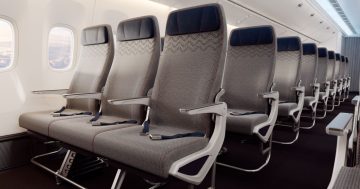The ABC has word on an RMIT study on Canberra’s public transport policy which is less than kind.
The national study by a Royal Melbourne Institute of Technology (RMIT) academic found Canberra was no where near meeting any of its sustainable transport targets.
It says the national capital has experienced a sustained decline in public transport and a steady rise in car driving over most of the past two decades.
Canberra was the only capital city where public transport share actually fell in the five years to 2011.
The report blames poor policies which have focussed on road construction while reversing successful public transport measures in place until the late 1980s.
Who would have thought mouthing empty platitudes wouldn’t pay off?




















